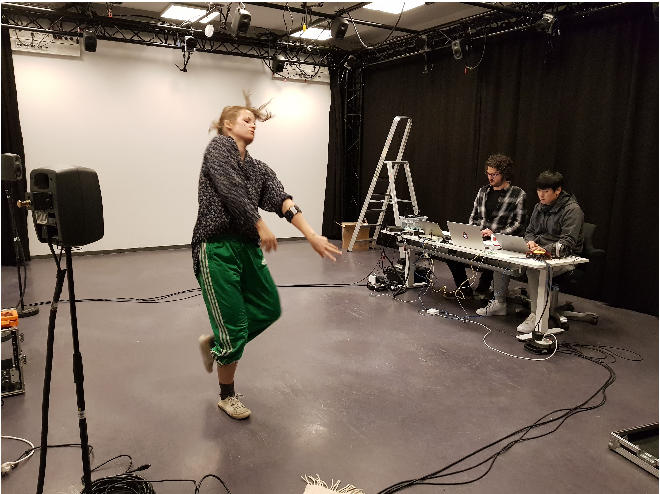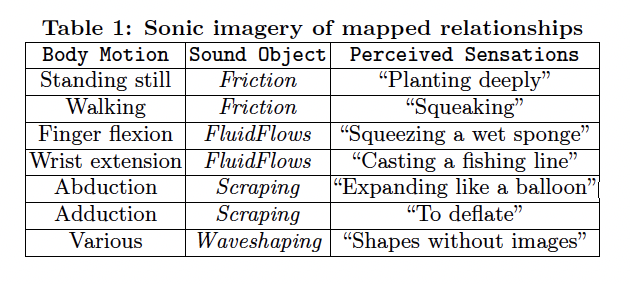Sara Sithi-Amnuai
In this article, the author reveals the theme of personal identity and cultural body. Identity is very closely linked to the culture in which we were born. This culture, in turn, is inventive and full of art, music, and dance. The author focuses on the fact that the topic of the design and application of gesture controllers is not widely discussed. The goal of the author of this article is to embrace the cultural body, incorporate it into existing gesture controller design, and how cultural design techniques can expand musical/social affiliations and/or traditions in technological development. Sara Sithi-Amnuai’s article discusses the design of Nami, a custom-made gesture controller, and its applicability to extending the cultural body. We develop freedom of action by perceiving the world in terms of our self-identity and collective identity. According to the definition of references to which the author refers, “the mind is inseparable from our bodily, situational and physical nature” she also notes that in the aggregate all this is called consciousness. Our bodies absorb movement and experience through the senses, vision, and sensations, which influence how we relate to our environment and how we behave.
What is this cultural body? The author says that this is a body subject, “marked by culture” and “talking” about cultural practice, itself, and history. Dancers, for example, often notice that their body is intimately tied to their identity and vision of themselves. Often after their career ends they no longer understand themselves and it is very difficult for them to embark on the path of recovery.
In the article, the author also points out many practices related to design. Design stages often take place in 4 steps:
1. Sketching phase includes an input (“data”), functionality (“model”), and material/form.
2. Concept phase includes training data, ML model (training engine), and data/form relationship.
3. Critical Thinking phase includes purpose, intentions, culture, and material/form exploration.
4. Reflections phase includes input, functionality, and final materials/form.

One of these devices that allow you to get a musical and cultural experience is NAMI. NAMI is a glove interface designed for live electro-acoustic musical performance, primarily relying on an augmented instrument. The goal of NAMI was to explore and develop a new sign language beyond the effective trumpet gesture and to integrate it with the author’s own experience and her cultural body. The trumpet was used with additional sensors which provided additional sound control options. The trumpet provides freedom of movement for the left hand, while the right hand supports the instrument. The fundamental connection between the musician and the trumpet exists between the musician’s lips and the mouthpiece and then extends to the fingers. This scheme allows the executor to access multiple controls at the same time. The performer can play the instrument (trumpet) with the right hand and operate multiple controls in real-time, exploring, expanding, and amplifying the sound of the trumpet with the left hand.

The author of the article also pays a lot of attention to materials and techniques for creating pearls. The first thing Sara Sithi-Amnuai remembers is that the shape of the dodge reflects the essence of the culture for which the gloves were designed. Materials We have chosen for affordability, only materials that could be easily recreated on a small budget and used in a wide range of sports or casual activities. In the third development, the glove was designed to fit every hand size. A wrist strap allows the user to lock the glove and sensors in place, however, the fingerless design allows for flexible sensor placement depending on hand size.
In conclusion, I want to say that the article opens up a new understanding of the manipulation of music based on the individual experience of the performer. Which in turn leads to more refined and culturally rich performances.


